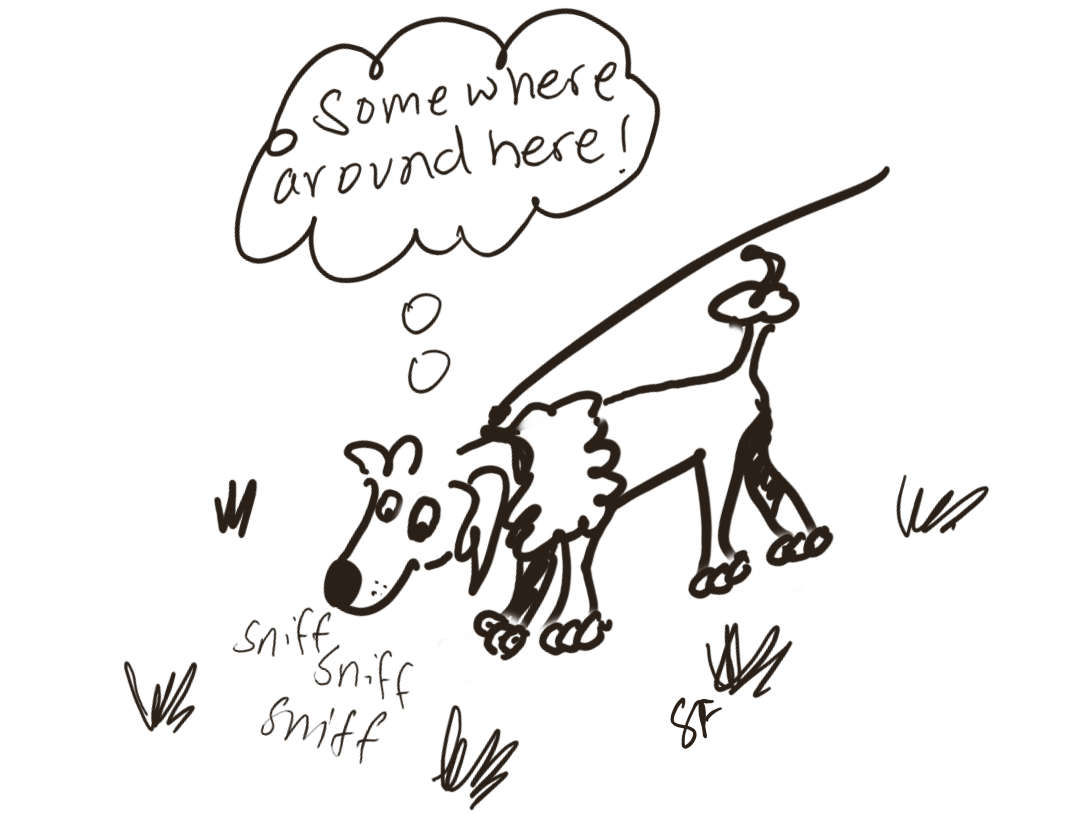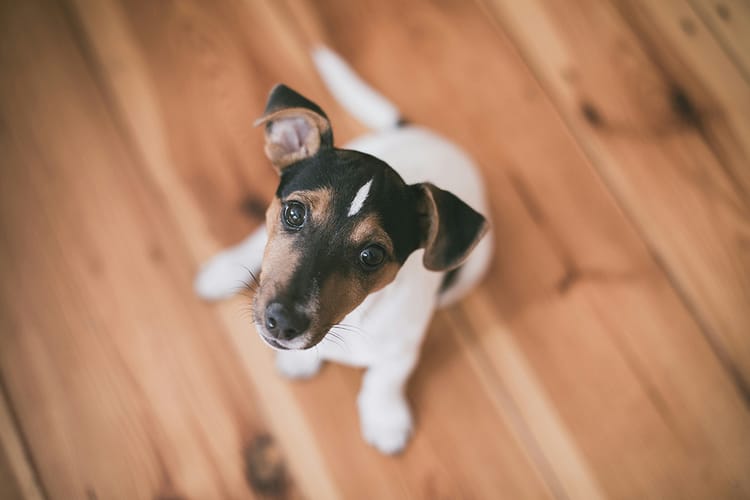Walking circles in your yard? How to avoid common potty training pitfalls

It's a chilly morning, you've thrown a coat over your PJs, and you’re pacing around the yard, coaxing your puppy to do their business. You try every trick in the book—making silly noises, walking laps, or repeating “Go potty!” in an increasingly chipper tone. Eventually, your pup sniffs around and goes, but you can’t help wondering, "Am I doing this right?"
If this sounds familiar, you’re not alone. Many puppy owners face the same challenge: how to encourage their puppy to potty without creating a dependency on constant prompting or pacing. After all, the goal is for your puppy to learn independence, not for you to feel like a full-time potty chaperone!
Let’s explore why this happens, what’s really going on in your puppy’s mind, and how to fix it with simple, effective steps that work for both of you.

Why puppies rely on prompts (and how to end the mile-long walk)
Puppies are like little sponges—they soak up patterns quickly. If you’re pacing the yard every time they need to go, they may learn to associate their potty routine with your movement or cues, rather than their own internal signals. While this might seem harmless now, it can lead to a long-term habit where your pup waits for you to prompt them, instead of taking initiative. The good news? With a few strategic moves, you can gently guide your puppy toward independence while setting them up for success.
5 steps to encourage independent potty breaks
- Start with the right setup: Create a consistent potty routine by taking your puppy to the same spot in the yard each time. This helps them associate the area with eliminating, reducing distractions and reinforcing their focus.
- Pair a cue with the act, not before: Instead of repeatedly saying “potty” or “wee time” as a command, wait until your puppy starts eliminating and say the cue while they’re doing it. This creates a strong association between the word and the action, so eventually, you’ll only need the cue sparingly.
- Reduce your involvement gradually: If pacing the yard or encouraging your puppy is working now, that’s fine—but start scaling it back. For example:
- Week 1: Walk with them for 3 minutes instead of 5.
- Week 2: Stand still in the yard and give a light verbal prompt if needed.
- Week 3: Stay near the door and allow your puppy to explore independently.
- Throw a party for pottying outside: When your puppy eliminates, reward them immediately with high-value treats and lots of praise. Over time, gradually phase out treats in favor of verbal praise, so the behavior remains rewarding but doesn’t rely on constant reinforcement.
- Watch for signs of readiness: Puppies often give subtle cues—circling, sniffing, or heading toward the door—when they need to go. The very first sign is the puppy just looking distracted! Pay attention to these signals, and offer access to their potty area right away. This teaches your pup to connect their needs with appropriate behavior.
What If accidents happen?
It’s normal for puppies to have setbacks, especially in the early weeks. Make sure you have a solid enzymatic cleaning agent like Simple Solution or OxiClean on hand and thoroughly treat any soiled areas. If accidents keep happening, revisit your routine:
- Are you taking them out often enough (especially after meals, naps, or playtime)?
- Is the potty area too distracting?
- Have prompts or timing changed too suddenly?
Even small adjustments to your approach can get things back on track.
Ready to take the stress out of house training?
Teaching your puppy to potty independently doesn’t have to feel overwhelming. With consistency, patience, and the right tools, you’ll build habits that make life easier for both of you. Get in touch for a step-by-step plan to ensure potty training success.




